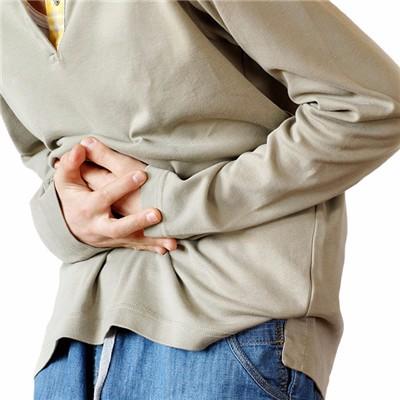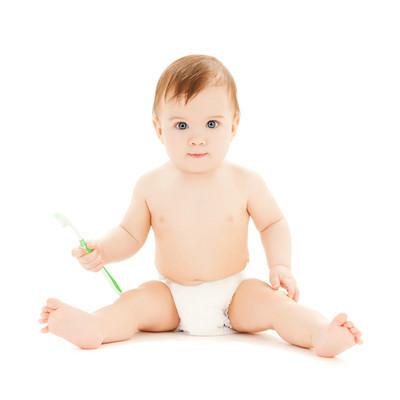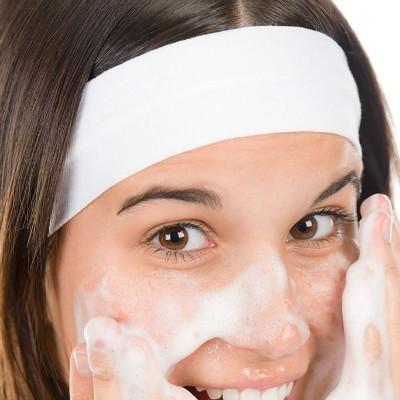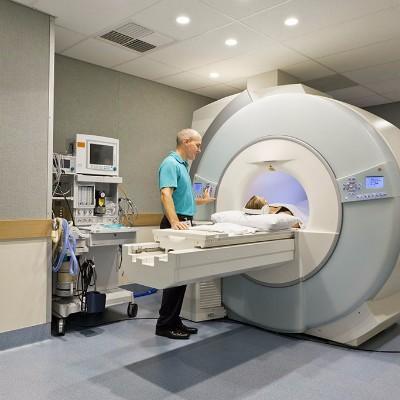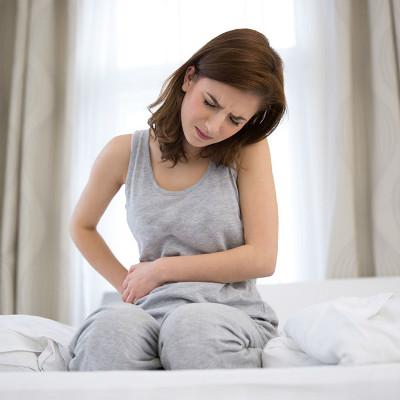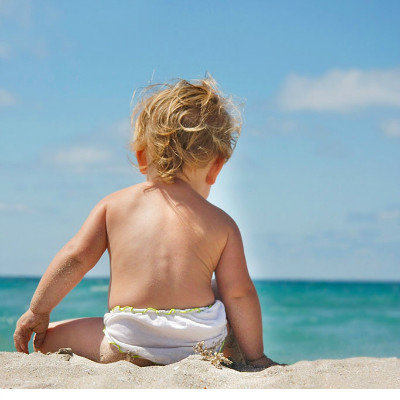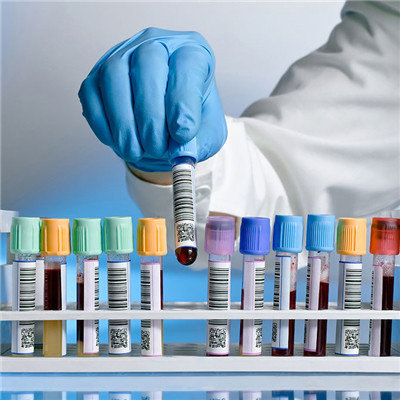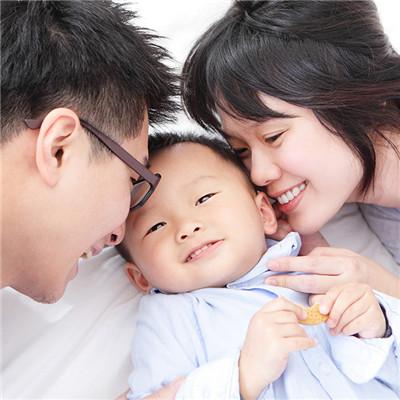What symptom does facial paralysis have?
summary
Facial paralysis is a common disease characterized by dyskinesia of facial expression muscles. The general symptom is askew of mouth and eyes. It is a common and frequently occurring disease. It is not limited by age. Patients often face even the most basic eyebrow raising, eye closing, mouth bulging and other movements are unable to complete.
What symptom does facial paralysis have?
One of the early symptoms of facial paralysis is blink movement. Careful observation of the blink situation of patients shows that bilateral blink movement is asymmetric, which is also the symptom of facial nerve in the early stage. This phenomenon is of great significance. If the patient is asked to do blink movement, the slightly paralyzed side, blink movement is slow and incomplete.
Palpebral tremor, the second symptom in the early stage of facial paralysis, is also the symptom in the early stage of facial nerve: close both eyes forcefully, and the examiner pulls the closed upper eyelid forcefully. At this time, he feels slight muscle contracture tremor on one upper eyelid, but not on the other. This kind of facial nerve's symptom existence, indicated that has the slight facial nerve paralysis, the peripheral facial nerve paralysis is more common.
The third eyelash sign in the early stage of facial paralysis: ask patients to close their eyes forcefully. In normal people, the eyelashes are mostly buried in the upper and lower eyelids when they close their eyes forcefully. When facial nerve paralysis occurs, the eyelashes are exposed, especially in the case of mild paralysis, when they close their eyes forcefully, the asymmetry of eyelashes is not obvious at first, but after a short period of time, the eyelashes on the side of mild paralysis gradually appear, It is called positive eyelash sign.
matters needing attention
Facial care: patients should pay more attention to keep their face warm, wash their face with warm water, wear scarves and masks when going out, pay attention to wind and cold protection, avoid the affected side close to the air conditioner and fan, sit or sleep at the gap of the window, especially in the car, do not put down the window, so as not to aggravate the disease due to cold

